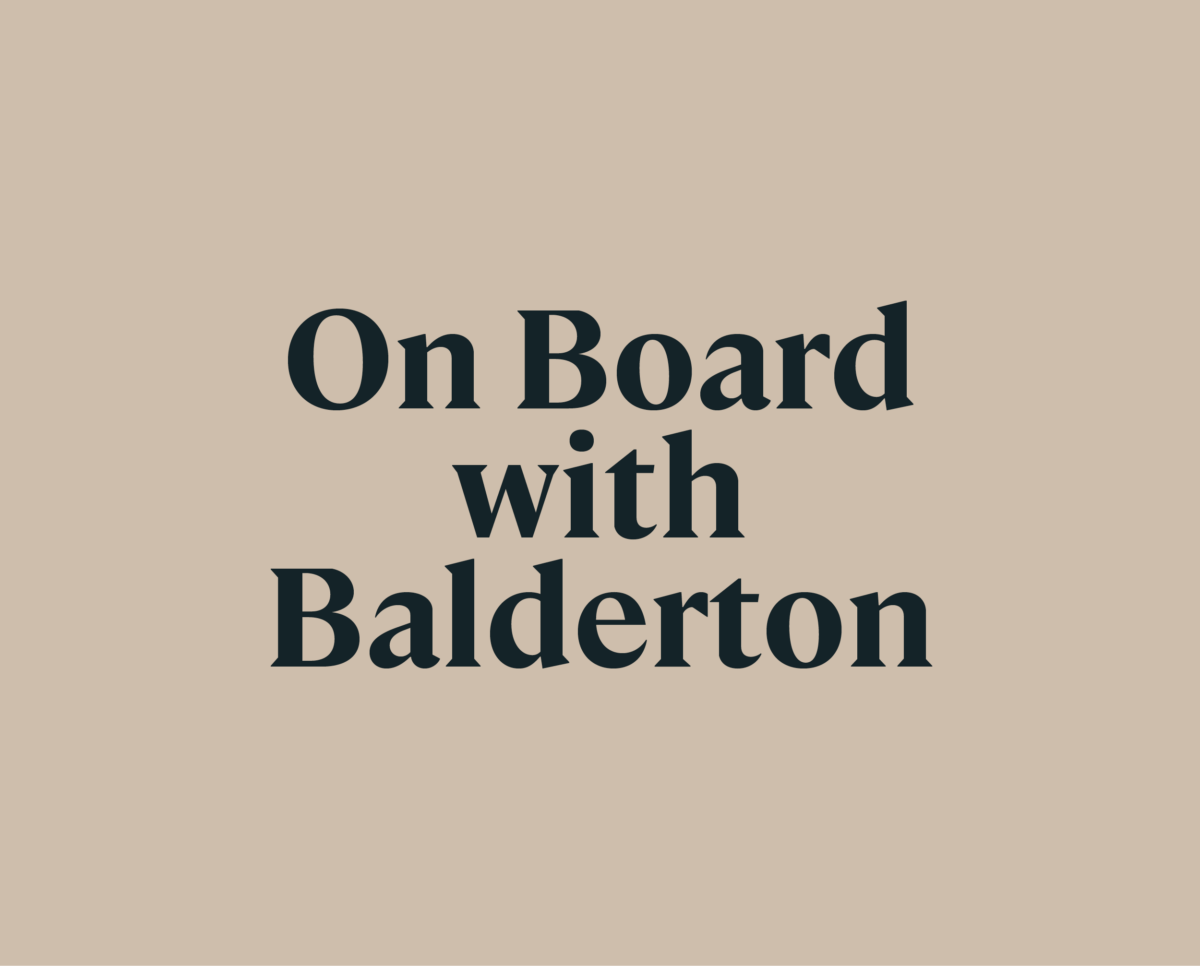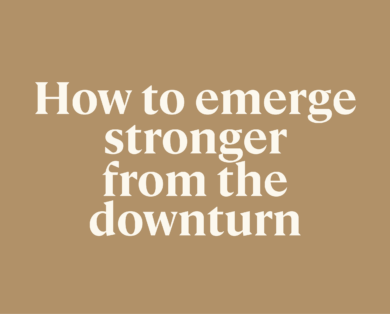- 24 July, 2024
By Dave Kellogg, with Andrew Wigfall and Laura McGinnis.
As a follow-up to Balderton’s recent primer, On Board with Balderton, I wanted to write a post that drilled into one of the more ostensibly mundane topics included in that excellent guide: board meeting minutes.
Before you click the back button, let me explain why:
- I’ve noticed that board minutes are generally written differently in the US and Europe. This made me curious why that was so, and to explore whether we had something to learn from each other.
- Board minutes don’t matter, until they do – for example, in a lawsuit, financing, or acquisition. This made me wonder if putting more thought into when board meeting minutes might be used later, would change our view on how to create them? (As well as other board materials, such as session decks.)
- Most boards don’t appear to think much about board minutes. Someone takes minutes in the meeting. They’re written, circulated, and approved later — often via a rubber-stamp process — and then forgotten. Would thinking about how minutes are subsequently used change our view on how to create and approve them?
On Board With Balderton
The 101 guide to board meetings for early-stage CEOs, by Laura McGinnis
The web has many good articles about how startups should take board meeting minutes (e.g., US, UK). In this post, I’m going to complement that body of work by:
- Looking at the key difference between US and European board minutes
- Exploring where that difference comes from and trying to learn from it
- Recommending ways to apply that learning so your company can produce “better” board minutes and an approval process that aligns with your approach
I remind readers that I am a former marketer and CEO, not a lawyer. This post does not constitute legal or business advice. Please check with your corporate counsel and directors to decide what’s right for your company, in your country, and in your situation.
The difference between European and American board minutes
There is usually one striking difference between American and European board meeting minutes. While there are many commonalities (e.g., documenting place, time, attendance, major decisions, and formal resolutions), when it comes to documenting the content of the meeting itself, a chasm emerges. European minutes usually attempt to describe what was discussed, giving the reader some ability to reconstruct what transpired in the meeting. American minutes, by contrast, usually don’t — and can feel utterly devoid of content as a result.
Example American-style board minutes (excerpt):
Ms. Jones, the Company’s CMO, presented an update on marketing including demand generation, product marketing, and communications. The board asked Ms. Jones several questions. A discussion ensued.
Mr. Smith, the Company’s CRO, presented an update on sales including quarterly results, sales pipeline, and the sales forecast. The board asked Mr. Smith several questions. A discussion ensued.
Ms. Cooper, the Company’s CPO, presented an update on the product including product defects, progress on the next release, and the revised product roadmap. The board asked Ms. Cooper several questions. A discussion ensued.
This begs two questions:
- What is the purpose of board meeting minutes?
- What drives the difference between European- and American-style minutes?
The purpose of board minutes
The purpose of board meeting minutes is to prove that the board is doing its job. That is, to:
- Oversee the CEO who has been delegated responsibility for running the company
- Take the decisions it is required to make (e.g., for contractual or statutory reasons)
- Ensure the company is run in compliance with rules and regulations
- Fulfil its fiduciary duty to shareholders and stakeholders
In order to do its job the board must meet periodically, in a duly-called manner, have sufficient attendance to be quorate, discuss the issues of the day, and then make and document decisions.
Note that this is more about process than content. If the board approves investment in what turns out to be a bad idea through a solid process (e.g., following discussion at a duly-called, quorate meeting) and in a manner consistent with the duty of care (or similar duties in Europe), then directors are typically protected from liability by the business judgment rule in the US or its rough equivalents in Europe. The rule says that directors are protected from liability for decisions made in good faith, with the care of a reasonably prudent person, and in the reasonable belief that they’re in the best interests of the corporation. Put differently, when it comes to the content of business decisions, the courts don’t want to second guess boards.
However, when it comes to the process behind decisions, they will. For example, if the board approves stock option grants at a meeting that was neither duly-called nor quorate, then those grants could be subsequently deemed invalid with all sorts of nasty downstream consequences that could, for example, derail a potential acquisition.
The drivers behind the difference in European and American minutes
I believe two underlying factors account for the difference between European- and American-style board minutes:
- The litigation climate
- The author of the minutes
America has a more litigious business climate than Europe. This, unsurprisingly, is a major factor in explaining the difference in board minutes. The confusing part is that the difference is explained more by litigation preferences (think: “eight out of ten litigators surveyed prefer”) than any written rules or conventions. Thus, it is not black and white, not all litigators agree, and it’s therefore important to decide what style of minutes you want for your company by talking with your corporate counsel.
The question is then why most American litigators seem to prefer the lighter style of board minutes. Let’s look at an example. This excerpt comes from In Re: Trados
Of the “hundreds of pages” Laidig said he reviewed, he could recall only two documents that refreshed his recollection on this point: the minutes of the February 2, 2005 Board meeting and Scanlan’s waterfall analysis. Tr. 496-97, 499-501. The minutes do not reflect any discussion of the relative interests of the preferred and the common, much less a discussion of the Merger or alternatives to the Merger from the perspective of the common stock.
There are two big takeaways here. In legal proceedings:
- Board minutes can and will be used against you.
- It’s not just what is in the minutes that can bite you, in this case, it’s what’s not.
The second point is key. Here the minutes are being used to argue the board was negligent by not discussing alternatives to the merger or the relative interests of the preferred and common stock.
The case continues, raising another interesting question:
When presented with the minutes on cross-examination, Laidig conceded this unavoidable fact and changed his story again to say that he recalled the discussion “based on my personal notes, which I take at board meetings ….” Tr. 502-03. No personal notes had been produced in discovery.
There are two big takeaways here as well:
- If directors take personal notes at board meetings they are also discoverable.
- If requested in discovery (directly or indirectly), you better produce them.
The lawyers I’ve talked to dislike directors taking their own notes in board meetings. They want one record of the meeting (preferably in the light format) to start from — not one official set of minutes plus six sets of personal scribbles, often written inartfully, almost certainly incomplete, and with content biased towards the interests of the authors.
The other factor that drives the difference between American and European minutes is more subtle: the author. This was so subtle, in fact, that I hadn’t noticed it until it was pointed out by my supporting author and fellow Balderton EIR, Andrew Wigfall. “Who writes the minutes for American boards?” he asked me. And the lightbulb went off.
Even at early-stage startups in the US, board meetings are typically attended by the partner from the outside law firm providing corporate counsel. In the US, this is usually done free of additional charge, though this is not generally the case in Europe. Sometimes, when the partner is busy, an associate is sent instead. But, either way, the minutes are written by a lawyer.
In Europe, even at growth-stage startups, outside counsel may not attend the meeting. Usually a secretary is chosen (e.g., CFO, chief of staff) and the minutes are written by an executive within the company. If the company has a general counsel, it’s often them. But many don’t.
In general, American startup board minutes are written by lawyers. European minutes are generally written by volunteer executives. That also explains a large part of the difference.
Recommendations
Before making recommendations, let me reiterate that I am not a lawyer and that you should talk to your corporate counsel to decide what’s right for your company, in your country, and in your situation. I should also preface these recommendations by saying that I’m talking about default minutes. There will always be cases (e.g., the sale of the company) where you will want deep minutes, and in those cases they should be taken. In addition, there may be cases where you want to explicitly document compliance with the business judgement rule (e.g., recording abstentions by conflicted directors).
That said, I conclude the following from the above examination.
- Unless you have a good reason not to, I’d default to lighter, American-style minutes.
- That said, the most important principle is that the accuracy of the minutes should match their depth.
- If you want to generally take light, more process-oriented minutes, then you are probably fine with what I’ve observed to be the typical light approval process.
- If you want to take heavy, more content-oriented minutes, then you need to ensure they are comprehensive, and you should follow a more thorough approval process to ensure they are correct.
To summarise the depth issue: light process-oriented minutes are usually fine. Detailed, accurate minutes are fine. Detailed, inaccurate minutes can lead to serious regret.
In addition,
- Write board materials (e.g., slides) with the idea that you may find yourself discussing them in a deposition one day. Ensure major proposals review alternatives and provide pro/con analysis. Very few people do this and I recommend you start to look at your board decks through this lens.
- Encourage directors to avoid taking their own personal notes in board meetings. If they do, remind them that their notes may be subject to the company’s document retention policy. Suggest that they simply record their actions and follow-ups — and avoid creating alternative documentation of what transpired in the meeting.
Acknowledgements
Thanks to my friends Bob Clarkson (partner emeritus at Jones Day) and Jeff Higgins (partner at Gunderson Dettmer) for their patient education on these issues.
 DAVE KELLOGG
DAVE KELLOGG 










